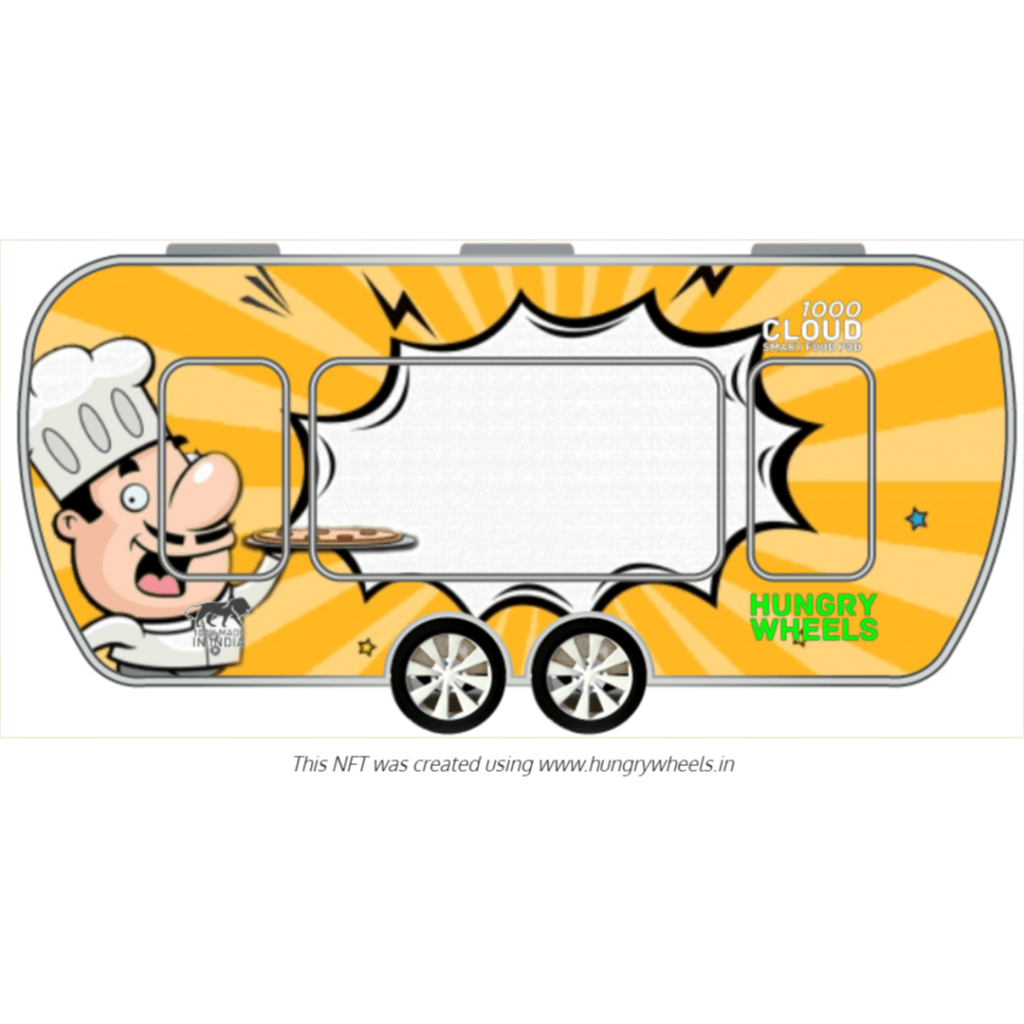In the fast-paced world of dining, quick-service restaurants (QSRs) have carved out a niche for themselves, offering convenient and delicious food options to busy consumers. If you’re passionate about food and entrepreneurship, starting a QSR in India can be a rewarding venture.
The Indian QSR market is booming, fueled by a growing young population and a taste for convenient, delicious food. If you’re looking to be a part of this exciting industry, then starting your own QSR might be the perfect recipe for success. But before you dive headfirst into the world of fast food, here’s a step-by-step guide to get you started:
How To Start A Quick Service Restaurant in India
Here are the step by step guide to how to start a quick service restaurant in india.
Market Research:
Begin by conducting thorough market research to identify popular food trends, target demographics, and competitors in your area. Understand the preferences of your target audience and identify a unique selling proposition (USP) for your QSR.
Business Plan:
Develop a comprehensive business plan outlining your concept, menu offerings, pricing strategy, location, marketing approach, and financial projections. A well-thought-out business plan will serve as a roadmap for your QSR venture.
Legalities and Regulations:
Register your business, obtain necessary permits and licenses, and ensure compliance with food safety and hygiene regulations. This includes obtaining FSSAI (Food Safety and Standards Authority of India) certification and adhering to local health department guidelines.
Location Selection:
Choose a strategic location with high foot traffic and visibility to maximize your QSR’s exposure. Consider factors such as accessibility, parking facilities, proximity to office complexes, schools, or residential areas, and competition in the vicinity.
Menu Development:
Create a diverse and appealing menu that caters to the tastes and preferences of your target audience. Focus on offering quick, flavorful, and affordable food options, keeping in mind the local culinary preferences and dietary trends.
Kitchen Setup and Equipment:
Invest in high-quality kitchen equipment and infrastructure to ensure efficient food preparation and service. Optimize your kitchen layout for speed and convenience, allowing for smooth operations during peak hours.
Staffing and Training:
Hire a team of skilled and enthusiastic staff members who share your passion for customer service and quality food. Provide comprehensive training to ensure consistency in food preparation, service standards, and hygiene practices.
Marketing and Promotion:
Develop a robust marketing strategy to create awareness and generate buzz around your QSR. Utilize a mix of online and offline channels, including social media marketing, local advertising, promotions, and loyalty programs, to attract customers and drive foot traffic.
Soft Launch and Feedback:
Conduct a soft launch to test your operations, gather feedback from customers, and fine-tune your offerings based on their preferences. Use this opportunity to build relationships with your customers and establish a strong brand presence in the market.
Grand Opening:
Once you’re confident in your operations and menu offerings, host a grand opening event to officially launch your QSR. Create excitement with special promotions, discounts, and giveaways to attract a crowd and make a memorable impression.
Food Pods: A Lighter Alternative?
While QSRs offer a tried-and-tested approach, food pods are gaining traction in India. These mobile kitchens offer a unique dining experience and lower initial investment.
Here’s a quick comparison of Food POD and QSR:
| Feature | QSR | Food POD |
| Investment | Higher | Lower |
| Mobility | Limited (fixed location) | High (can move to different locations) |
| Menu Options | Wider variety | More limited menu |
| Regulations | More complex licensing process | May require specific permits, depending on location |
While starting a QSR can be a lucrative business opportunity, it’s essential to consider alternative models such as food pods. Food pods offer several advantages over traditional QSRs, including lower overhead costs, greater flexibility in location, and enhanced brand visibility. To learn more about food pods and how they can benefit your business, contact HungryWheels, a leading provider of food pod solutions.
In conclusion, starting a quick-service restaurant in India requires careful planning, dedication, and a deep understanding of the local market dynamics. By following these steps and staying adaptable to changing consumer preferences, you can set yourself up for success in the competitive QSR industry.
Mobility architect, system designer, and ecosystem builder
Since 2012, he has developed various scalable vehicle platforms and solutions for retail, logistics, and defense. As a possibilist, futurist, and innovator, Vikram’s designs have powered the success of Food POD mobile kitchens at ITC, TAJ Hotels, Qmin, Manipal Group, and more.





